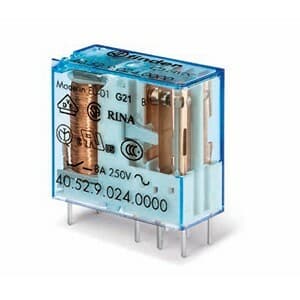| CA3KN40CD Schneider Electric CA3KN40CD is a contactor designed with a mechanical durabilit... | Schneider Electric | | |
| CA3KN315BD Schneider Electric CA3KN315BD is a contactor designed with a mechanical durabili... | Schneider Electric | | |
| ZARC23 Schneider Electric ZARC23, part of the eXLhoist / XAR sub-range, is a sealing co... | Schneider Electric | | |
| ZARC22 Schneider Electric ZARC22, part of the eXLhoist / XAR sub-range, is a sealing co... | Schneider Electric | | |
| XACD21P2121 Schneider Electric XACD21P2121 is a pendant station designed for controlling a h... | Schneider Electric | | |
| 9001B265 Schneider Electric 9001B265 is a marking automation part designed with an interc... | Schneider Electric | | |
| XBKT81030U33E Schneider Electric XBKT81030U33E is a digital counting unit featuring a totalisi... | Schneider Electric | | |
| XD4PA223 Schneider Electric XD4PA223 is a joystick controller within the XB4 sub-range, d... | Schneider Electric | | |
| ZB2BY2186 Schneider Electric ZB2BY2186 is a marked legend component designed for marking p... | Schneider Electric | | |
| ZARC06 Schneider Electric ZARC06 is a cable gland kit designed for use with the eXLhois... | Schneider Electric | | |






